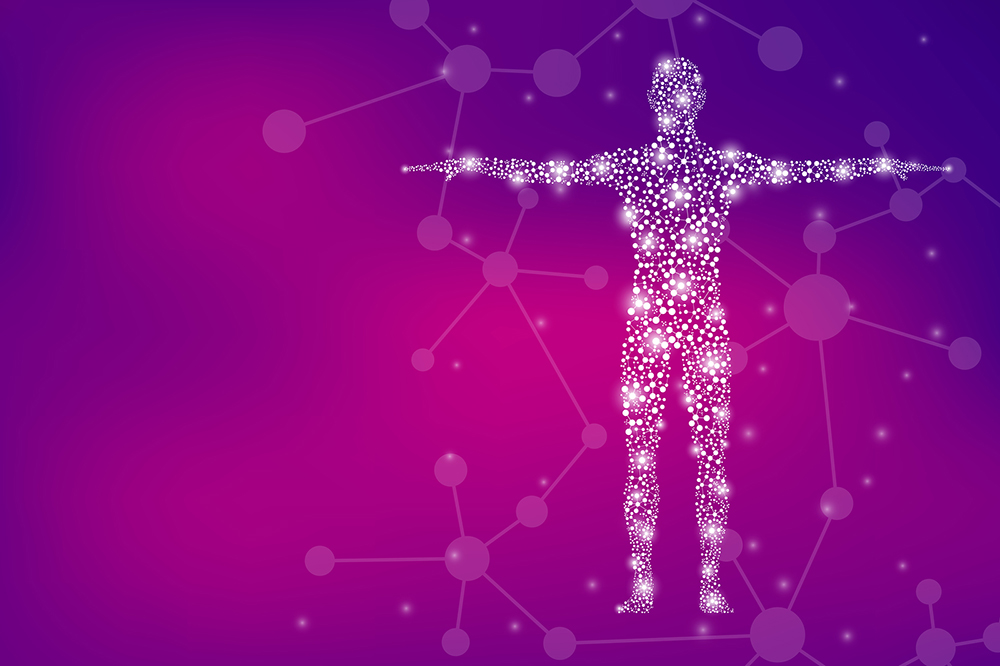As humans, we are hardwired with an automatic response to emergencies.
The body is the first responder:
With cues of danger in the environment, the sympathetic nervous system releases bursts of adrenalin and stress cortisol into the blood stream – to give us energy and “super human” strength to fight or flee the danger. Our pupils dilate, breathing becomes shallow, our heart beats faster and blood vessels constrict sending energy to our hands and feet.
Depending on our personalities or the danger at hand, we will generally fight or flee, but some people become frozen/immobilized. Their bodies have the same physiological manifestations, but they are unable to move. They are like a deer caught in the headlights.
During the body’s automatic response, the limbic system (located in the mid brain) is activated. It is a primitive part of the brain concerned with immediate survival, emotions, basic motivation, impulsive reactions, immediate gratification.
Once an immediate action is taken:
For those who make the decision to flee or fight and take an action, the parasympathetic nervous system takes over: the body becomes calmer, the heart rate decreases, adrenaline and cortisol subside, and the cerebral cortex (the executive functioning part of the brain) takes control, assessing the situation and making rational decisions about how to proceed.
For those who cannot flee or fight, their bodies remain in the heightened response to danger mode and their thinking remains more primitive.
What happens to the body after the immediate emergency has passed?
The body’s automatic response to emergency sets off a cascade of events which continue even after the immediate emergency has passed.
Stress cortisol and adrenaline alert the immune system to danger and start an increased immune response which, in turn, produces inflammation in the body. Medical research has discovered that chronic inflammation is responsible for most illnesses and exacerbates any pre-existing conditions.
With the advent of COVID-19 affecting people around the world, it is important for us to understand our bodies and take a proactive approach to keeping ourselves healthy. Our medical delivery systems are taxed and we do not have access to our usual medical care. More than ever before, we must depend on ourselves to be in charge of our health.
We can no longer safely go to massage therapists who release the pockets of tension that are stuck throughout our body, enhance our deep breathing, and help the body’s healing energy re-circulate.
We must do it for ourselves through home yoga, meditation, prayer, exercise, sitting/ walking/running in nature, guided relaxation, music, art therapy, creative pursuits, gardening, laughter, journaling, releasing emotions through our tears, touching our animals and close love ones
Preparing nutritious meals and snacks, as well as juicing vegetables and fruits are other healthy ways to ground and heal ourselves. The mere act of cleaning, touching, and preparing the food slows our heart rate, gives us a sense of control and satisfaction, and releases “feel good chemicals” like oxytocin, endorphines, and dopamine into our blood streams. The micronutrients from healthy foods boost our immune system, give our bodies energy, and lower our blood sugar.
Finally, admitting to ourselves that our bodies are filled with fear, anxiety, panic, depression, sadness, loneliness, immobility, irrational thoughts is the first step to activating our cerebral cortex – which will guide us to make healthy, logical, rational decisions.

